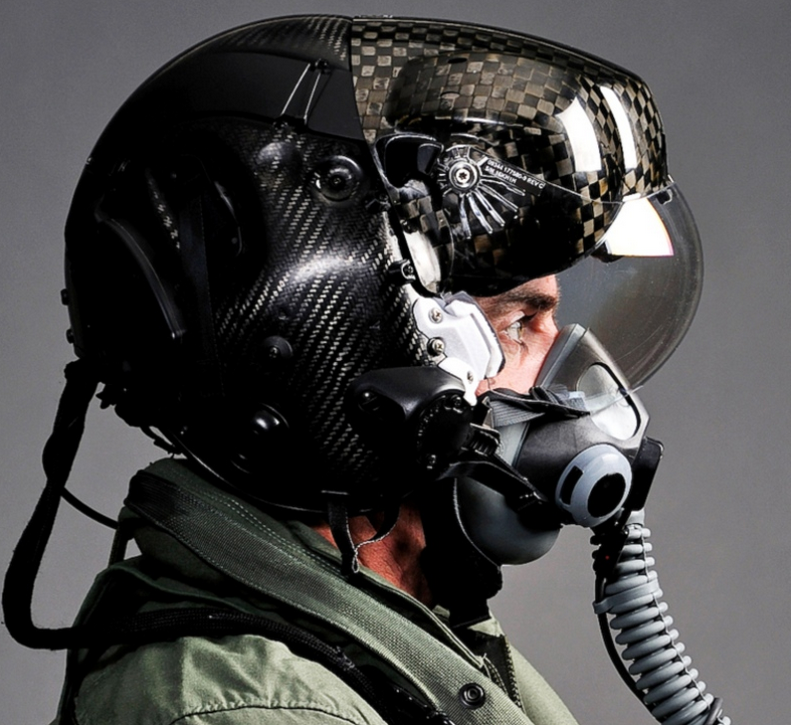When you successfully execute building one of the most complex weapons systems ever developed, like let’s say the F-35 Lightning II — which has been coined a “flying computer” due to its more than 8 million lines of source code — it’s only fitting that you find the finest pilot to fly it, then protect that pilot’s precious little head with a really good helmet.
Scratch that.
You protect that pilot’s precious little head with the most state-of-the-art, advanced and expensive helmet known to humans.
And that’s exactly what the United States military has done. Enter the Rockwell Collins pilot’s helmet: a technological wonder constructed of carbon fiber and Kevlar with a sturdy polycarbonate-based visor for incomparable impact protection.
Also — (believe it or not) it allows the pilot to have X-ray-like vision when seated in the cockpit and comes with a total price tag of … wait for it …
$400,000.
Because as the old adage goes, you get what you pay for. Which according to Stars and Stripes, is this:
The helmet sees through the plane. Or rather it helps the pilot see through the plane. When the pilots look down, they don’t see the floor of the plane; they see the world below them. If the pilots look back, they see the sky behind them. Embedded in the skin of the aircraft are six cameras, and when the pilots move their heads to look in a particular direction, they are actually seeing through the corresponding camera, which sends an image to projectors inside the helmet that beam an image of the outside world on the helmet’s visor.
Which makes the visor not really a visor. It’s a screen that posts information the way some cars are now posting fuel and gas mileage on the windshield in what’s called a heads-up display. But beyond speed and altitude, F-35 pilots would see things such as the location of enemy aircraft or weapons on the ground.
In the words of F-35 test pilot Al Norman, you can “look through the jet’s eyeballs to see the world as the jet sees the world.”
While some bugs still need to be worked out (in particular the clarity of the night vision and the way the images are projected onto the visor), sources say it won’t affect the jet’s delivery date or combat readiness.




































